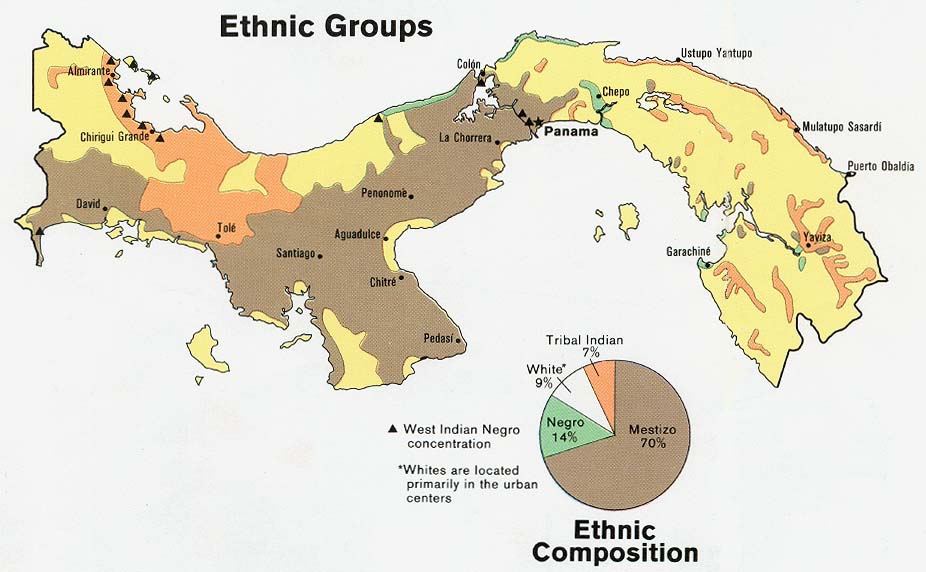In the 2005 Memories of a Future Home, Lok Siu defines “diaspora,” a contested concept in postcolonial studies, Latin American studies, and ethnic studies, as “both a methodology and an epistemological framework in which to understand citizenship in a transnational context that accounts for geopolitical dynamics and people’s situated and simultaneous commitments to different cultural-political communities” (5). While queer postcolonialists such as Gayatri Gopinath would later divorce the term “diaspora” from the logics of purity, authenticity, and patrilineal kinship, Siu transports us back to an earlier moment in academic history. For Siu, the beauty contest repositions Chinese women as reproducers of not simply the nation but also the diaspora, underlining a heteronormative concept of both formations.
Heteronormative concepts of diaspora grate against recent inflections of the term, and point to the limits of Siu’s reading practice and possibly, her disciplinary methodology. While Siu does briefly acknowledge the heteronormativity of the diasporic identities negotiated in the beauty contest (see p. 59), her analysis of Miss Honduras and Miss Costa Rica as the “two extremes of the Chinese diasporic spectrum” preserves the normative terms of their cultural representation. Is it possible that the contestants performed not only for a heteronormative, masculine gaze, but for themselves, each other, or even queer spectators?
The account Siu offers of the contestants’ own views further implies that the women have no control over their own representation as diasporic subjects, and moreover, that they have no desires of their own. “We [the beauty contestants] are mere pawns in their game of politics. It does not matter who we are or what we do. It’s all about them and their political agendas” (74). Siu describes these “political agendas” as geopolitical, noting that “by speaking English,” Miss Honduras “subtly called attention to the role of American imperialism as the basis for relations between the ROC and Central America and Panama” (74). As insightful as I find Siu’s reading of language and dance as sites of geopolitical contestation, I wonder, what other possibilities, desires, and interests does she elide with her frame of analysis?
On a slightly different but related note, I wonder if Siu’s disciplinary constraints as an anthropologist may have limited her ability to read “resistance,” to employ an overused word, into these performances. For an anthropologist, what constitutes “evidence” of resistance? The analysis Siu offers of the two contestants productively illuminates the internal plurality of the Chinese diaspora in Panama; however, it also reduces the women to dualistic “genres” of femininity that either enforce or undermine Chinese nationalist concepts of purity. Could Siu provide a textual analysis of these performances that rewrites nationalist, heteronormative assumptions of racial-cultural purity? Or does this kind of analysis fall outside the boundaries of anthropological fieldwork?
[Attached: a map of Panama that visualizes the country’s racial demographics, but erases Asian populations.]
